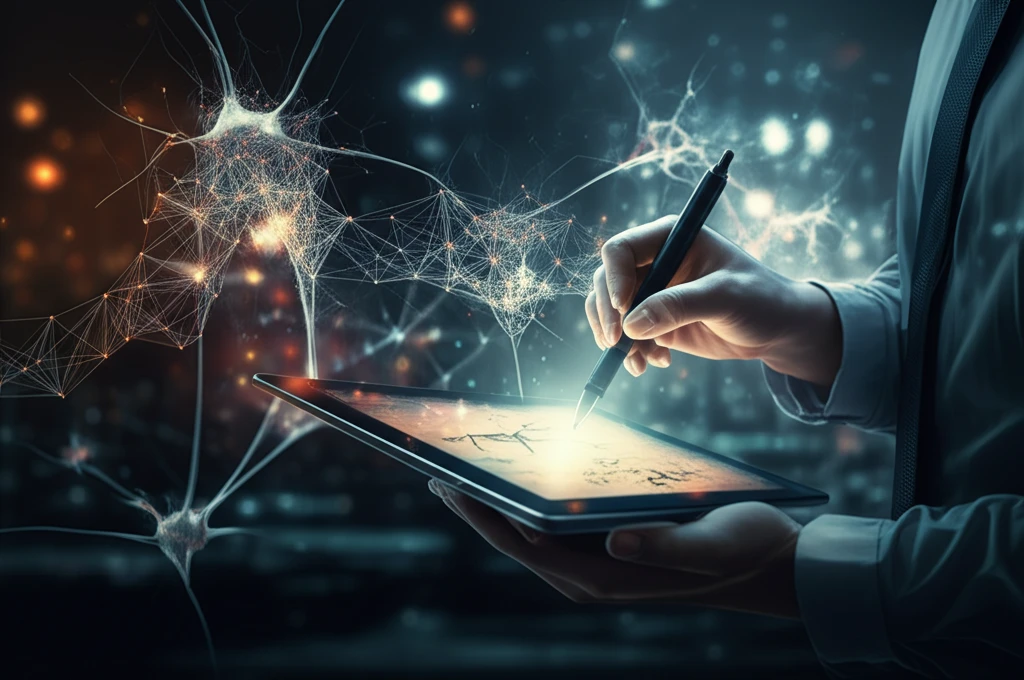
Unlock Your Digital Signature: How AI is Revolutionizing Online Security
"Explore the cutting-edge world of AI-powered signature recognition and how it's transforming online authentication for a safer, more secure digital experience."
In an era dominated by digital interactions, ensuring the authenticity of users is paramount. From securing financial transactions to protecting sensitive data, the need for robust authentication methods has never been greater. While passwords and PIN codes have long been the standard, their inherent vulnerabilities have paved the way for more sophisticated solutions. Enter signature recognition, a behavioral biometric poised to revolutionize online security.
Signature recognition offers a unique and reliable method for verifying identity. Unlike static credentials that can be forgotten or stolen, a signature is a dynamic expression of an individual's unique characteristics. The way we sign our names involves a complex interplay of muscle movements, pressure, and timing, making it exceedingly difficult to replicate accurately. This inherent complexity makes signature recognition a powerful tool against fraud and unauthorized access.
This article delves into the exciting world of AI-powered signature recognition, exploring how neural networks are enhancing the accuracy and reliability of online authentication. We'll examine the key features used to identify genuine signatures, discuss the challenges of forgery detection, and highlight the practical applications of this game-changing technology. Join us as we uncover how AI is transforming online security, one signature at a time.
Decoding the Digital Signature: Key Features and AI's Role

At the heart of AI-powered signature recognition lies the extraction and analysis of key features that distinguish genuine signatures from forgeries. These features can be broadly categorized into dynamic and static characteristics. Dynamic features, captured using electronic tablets or personal data assistants (PDAs), include information such as the x-y coordinates, pressure readings, and timing of the signature. Static features, on the other hand, are derived from images of signatures obtained through cameras or scanners.
- Total duration of signature: The time taken to complete the signature.
- Number of pen ups: The number of times the pen is lifted from the writing surface.
- Sign changes of dx/dt and dy/dt: The changes in direction of the signature along the x and y axes.
- Average jerk: The rate of change of acceleration with respect to time.
- Standard deviation of velocity and acceleration: Measures of the variability in the speed and force applied during the signature process.
- Number of local maxima: Identifies peaks in the signature's trajectory.
- Length to width ratio: The ratio of the signature's overall dimensions.
- Number of pen downs: The number of times the pen touches the writing surface.
- Average magnitude of velocity and acceleration: The average speed and force applied during the signature process.
The Future of Authentication: AI-Powered Signatures Lead the Way
AI-powered signature recognition is poised to play an increasingly important role in securing our digital lives. As technology advances and new threats emerge, the ability to accurately and reliably verify identity will become even more critical. By leveraging the power of neural networks and sophisticated feature analysis, signature recognition offers a robust and user-friendly solution for online authentication. From financial transactions to access control, AI-powered signatures are paving the way for a safer, more secure digital future.
